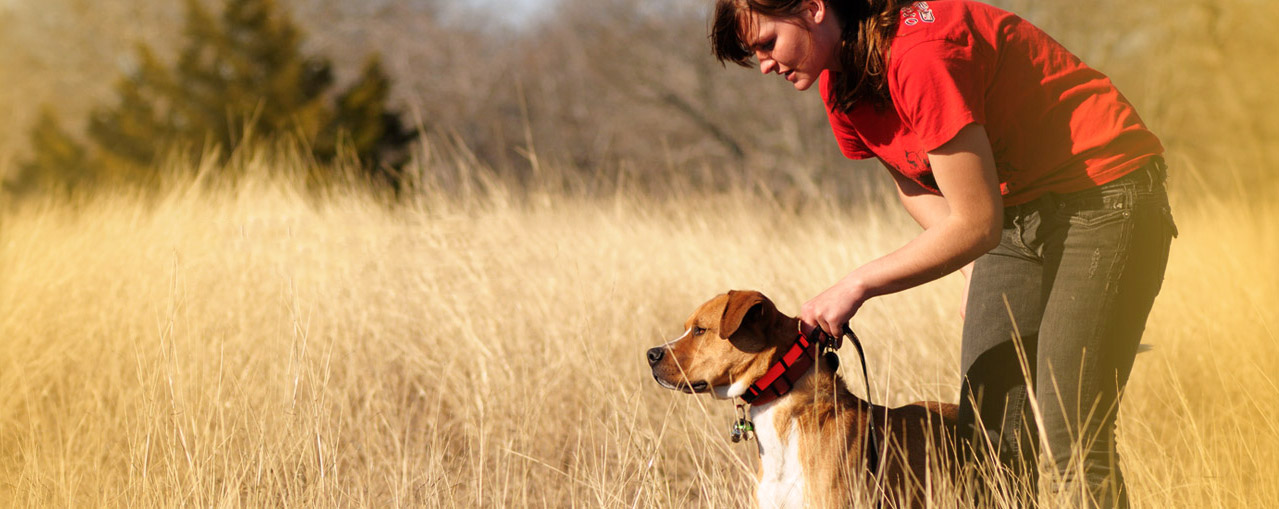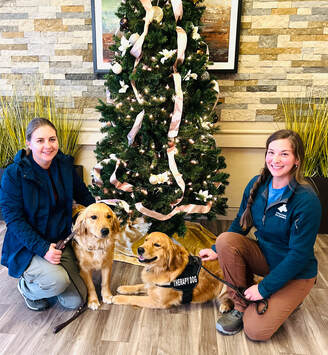The Ultimate Overview to Positive Support in Dog Training
The Ultimate Overview to Positive Support in Dog Training
Blog Article
Necessary Tips for Effective Dog Training: An Overview for Pet Dog Owners
Reliable canine training is a diverse process that calls for a calculated approach customized to both the pet's character and the proprietor's purposes. Comprehending exactly how to navigate these obstacles can significantly improve the training experience, eventually transforming the partnership between owner and canine.
Comprehending Dog Behavior
Recognizing pet actions is necessary for efficient training and fostering an unified connection between dogs and their owners. Dogs connect largely with body movement, vocalizations, and actions, making it important for proprietors to translate these signals accurately. Identifying a dog's position, tail placement, and ear alignment can offer insights right into its psychological state. As an example, a wagging tail does not constantly suggest joy; it can additionally signify enjoyment or anxiousness.

Socialization plays a considerable role in dog actions; direct exposure to various environments, individuals, and other pets can dramatically impact a pet's temperament. Variables such as breed qualities and individual character must direct training approaches, as some types might have certain behavior characteristics that require tailored strategies. By recognizing these components, proprietors can create a helpful atmosphere that urges positive actions, causing successful training outcomes and a much deeper bond with their pet dogs.
Establishing Regular Commands
Effective interaction with your pet dog begins with developing constant commands. This foundational element of training is critical for fostering understanding in between you and your animal. Uniformity in the commands you utilize guarantees that your pet can dependably link certain words or phrases with the preferred habits.
When choosing commands, choose clear, distinct words that are very easy to claim and separate from each other. Avoid utilizing similar-sounding commands that might confuse your dog. Using "rest" and "remain" is appropriate, but "sit" and "struck" could lead to misconceptions.
Furthermore, preserve the exact same tone and quantity for every command. Pet dogs are sensitive to singing hints, so varying your tone can develop complication.
It is just as essential to make certain that all member of the family get on the same page regarding the commands used. A united front in command usage will prevent combined signals and enhance the understanding procedure.
Positive Reinforcement Methods
The power of positive support in pet dog training lies in its capability to motivate preferred habits via benefits and praise. This method is grounded in the principle that actions adhered to by desirable results are more probable to be repeated. By incorporating favorable reinforcement into your training program, you can effectively shape your pet dog's behavior in a constructive fashion.
To execute favorable reinforcement, it's important to identify what motivates your canine, whether it be deals with, playthings, or verbal praise. When your pet carries out a desired activity, such as resting on command, quickly reward them with a reward or affection. This association in between the command and the positive result strengthens their understanding.
It's vital to timing the incentives properly; supplying the support within secs of the wanted actions aids your canine make the link (dog training). Additionally, consistency is crucial-- ensure that all relative make use of the same commands and reward systems to prevent confusion

Slowly, you can reduce the frequency of treats as your canine discovers the actions, transitioning to praise or periodic incentives. This approach not just cultivates a strong bond between you and your pet yet likewise advertises a positive learning setting, making educating a delightful experience for both.
Socialization and Interaction
Continually navigate to these guys subjecting your canine to a range of environments, people, and various other pets is crucial for their social advancement. Socializing ought to begin early, preferably throughout the crucial window of 3 to 14 weeks, when puppies are most receptive to brand-new experiences. Older pet dogs can likewise benefit from ongoing socialization efforts.
Present your dog to different settings, such as parks, pet-friendly stores, and metropolitan areas. This exposure helps them adjust to various stimulations, minimizing anxiety and concern actions. Urge favorable interactions with various other dogs and people, guaranteeing that these experiences are regulated and safe to cultivate self-confidence.
Utilize structured playdates with genteel pets, as this can enhance your pet dog's social skills and teach them suitable behavior. Obedience courses and training sessions additionally supply exceptional possibilities for socializing, allowing your canine to interact with others in a supervised atmosphere.
Screen your canine's body movement during interactions, as this will certainly aid you gauge their convenience level. Progressively increase exposure to more challenging situations while guaranteeing that visit this site each experience declares. A well-socialized canine is most likely to display balanced habits, making them a pleasure to have in any setting.
Dealing With Common Training Difficulties
Every dog owner will certainly run into training obstacles eventually, despite their pet dog's age or socializing level. Determining common problems such as stubbornness, diversions, and fearfulness can help in creating efficient methods for enhancement.

Progressively introduce disturbances as the dog ends up being extra proficient in commands. Short, frequent training sessions are likewise efficient in keeping focus.
Terror can prevent a pet dog's understanding process. Progressive desensitization to the resource of fear, coupled with favorable reinforcement, can help alleviate stress and anxiety. Perseverance is vital; never compel a dog into a scenario that creates distress, as this may exacerbate the problem.
Eventually, understanding and dealing with these usual challenges with an content organized method will certainly cultivate a more productive training experience, enhancing the bond between pet dog and proprietor while advertising effective discovering.
Verdict
In summary, successful canine training relies upon an extensive understanding of canine habits, the facility of consistent commands, and the application of favorable support strategies. Socialization plays a vital duty in developing well-adjusted pet dogs, while attending to common training challenges needs perseverance and versatility. By carrying out these important strategies, pet proprietors can promote a solid bond with their pets and advertise preferable behaviors, eventually causing an unified connection in between humans and their canine buddies.
Understanding pet behavior is essential for reliable training and cultivating a harmonious partnership in between pooches and their proprietors.Socialization plays a substantial duty in canine behavior; exposure to numerous atmospheres, individuals, and other pets can significantly impact a dog's temperament.The power of favorable support in pet dog training exists in its capacity to encourage wanted habits via rewards and praise. By integrating favorable reinforcement right into your training program, you can properly form your dog's behavior in a constructive fashion.
In recap, successful canine training depends on a detailed understanding of canine habits, the establishment of consistent commands, and the application of favorable support methods.
Report this page